Home>Home Appliances>Heating & Cooling>How To Turn Off Central Heating
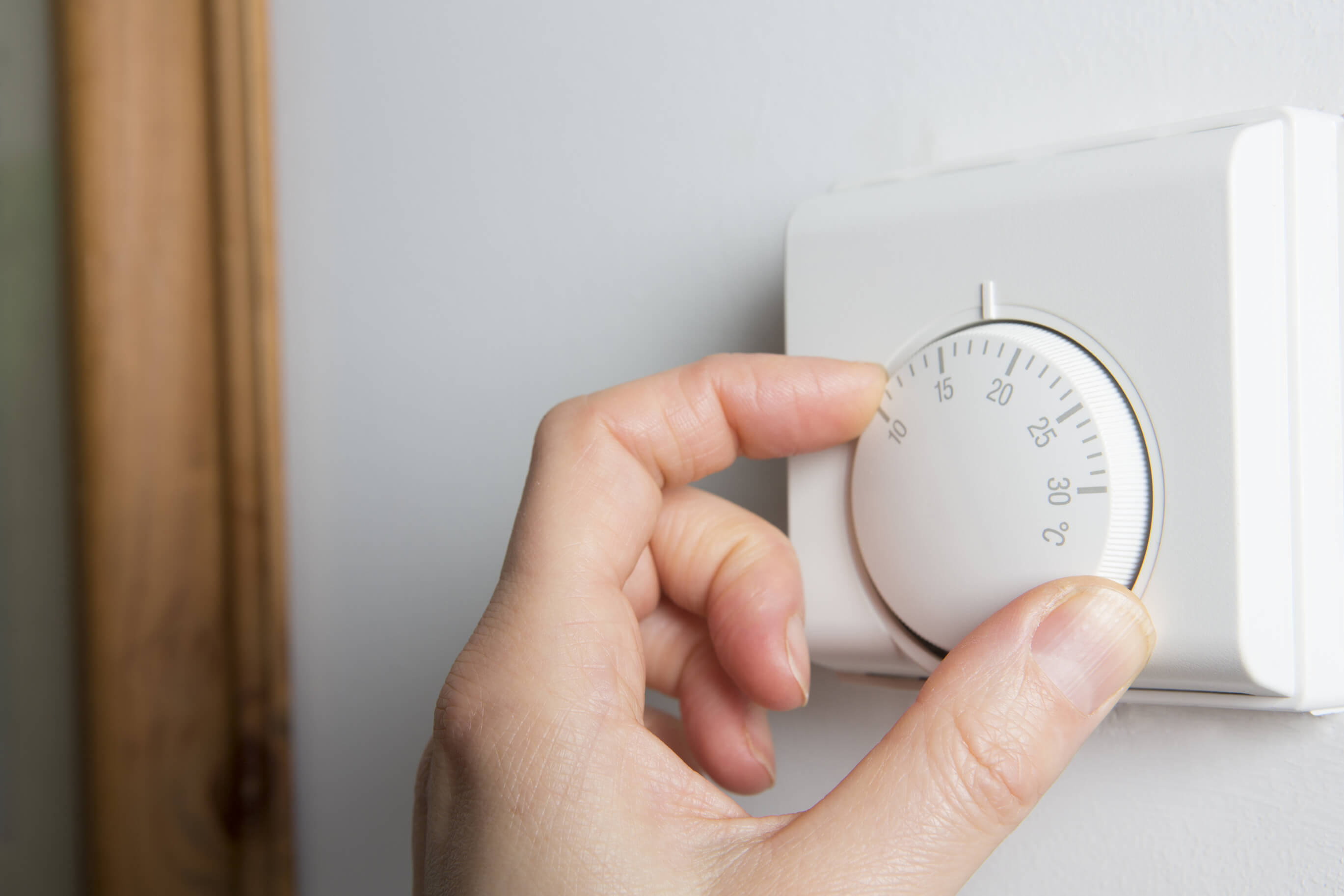

Heating & Cooling
How To Turn Off Central Heating
Modified: February 18, 2024
Learn how to turn off central heating and control your heating and cooling system efficiently. Follow these simple steps to save energy and reduce utility costs.
(Many of the links in this article redirect to a specific reviewed product. Your purchase of these products through affiliate links helps to generate commission for Storables.com, at no extra cost. Learn more)
Introduction
Turning off the central heating system is a fundamental aspect of home maintenance, especially during warmer seasons or when the heating is not required. Whether you're preparing for the summer months or need to perform maintenance on the heating system, knowing how to turn off the central heating is essential. By following a few simple steps, you can ensure that your heating system is safely and efficiently powered down.
In this comprehensive guide, we will walk you through the step-by-step process of turning off your central heating system. From locating the central heating system to bleeding the radiators and turning off the power supply, we will cover everything you need to know to successfully shut down your heating system. Whether you're a new homeowner or simply looking to familiarize yourself with the process, this guide will equip you with the knowledge to confidently manage your central heating system.
By understanding how to turn off your central heating system, you can not only save energy and reduce utility costs but also ensure the longevity and optimal performance of your heating equipment. Additionally, being able to perform this task independently can provide a sense of empowerment and self-sufficiency in managing your home's heating and cooling systems.
Now, let's delve into the step-by-step process of turning off your central heating system, empowering you to take control of your home's comfort and energy efficiency.
Key Takeaways:
- Takeaway 1: Save energy and maintain your home’s heating system by learning to turn off the central heating. Locate the components, shut off the thermostat and boiler, bleed the radiators, and power down for safety.
- Takeaway 2: Gain confidence and save on utility costs by mastering the shutdown process. Empower yourself to manage your home’s comfort and energy efficiency with these simple steps.
Step 1: Locate the central heating system
Before you can proceed with turning off your central heating system, it's crucial to know where the system components are located within your home. The central heating system typically comprises a boiler, thermostat, and radiators, and each of these elements plays a vital role in the overall functionality of the system.
The first step is to locate the boiler, which is often situated in a utility room, garage, or even a dedicated boiler room within the property. In some cases, the boiler may be installed in an attic or basement. It's important to familiarize yourself with the specific location of the boiler, as this will be the primary component you need to access when shutting down the heating system.
Next, you'll need to locate the thermostat, which is usually positioned in a central area of the home, such as the living room or hallway. The thermostat allows you to control the temperature settings and turn the heating on or off. Identifying the thermostat's location is essential, as you will need to access it to deactivate the heating system.
Finally, take note of the radiators throughout your home. Radiators are typically found in each room and are connected to the central heating system. Understanding the layout of the radiators will be beneficial when it comes to bleeding them as part of the shutdown process.
By familiarizing yourself with the location of these key components, you'll be well-prepared to proceed with the subsequent steps of turning off your central heating system. This foundational knowledge will enable you to navigate the system effectively and carry out the shutdown process with confidence.
Understanding the layout of your central heating system not only facilitates the shutdown process but also equips you with valuable insights into the functionality and maintenance of your home's heating infrastructure. With this knowledge, you can effectively manage your heating system and ensure its optimal performance throughout the year.
Step 2: Turn off the thermostat
Turning off the thermostat is a crucial step in the process of shutting down your central heating system. The thermostat serves as the control center for regulating the temperature within your home, and deactivating it is essential to prevent the system from continuing to heat your living spaces. By following these simple steps, you can effectively turn off the thermostat and initiate the shutdown of your heating system.
-
Adjust the Temperature Setting: Begin by adjusting the temperature setting on the thermostat to the lowest possible level. This ensures that the heating system will not activate, even if the thermostat is triggered by a drop in temperature. By setting the temperature to the lowest point, you effectively prevent the heating system from engaging, allowing you to proceed with the shutdown process.
-
Switch Off the Thermostat: Locate the power switch or button on the thermostat and switch it off. In some cases, thermostats may have a designated "off" button, while others may require you to press and hold the power button to power down the device. By turning off the thermostat, you disable its ability to send signals to the heating system, effectively halting its operation.
-
Verify the Deactivation: Once you have turned off the thermostat, it's important to verify that the display and any indicator lights are no longer active. This serves as a visual confirmation that the thermostat is indeed powered down and no longer communicating with the heating system. Ensuring that the thermostat is fully deactivated is essential to prevent any unintended heating activation.
-
Consider Programmable Thermostats: If your home is equipped with a programmable thermostat, take a moment to review and adjust any programmed settings. Ensure that any scheduled heating cycles are canceled or adjusted to reflect the shutdown of the heating system. This proactive step prevents the thermostat from inadvertently activating the heating system based on pre-set schedules.
By following these steps to turn off the thermostat, you effectively interrupt the communication between the thermostat and the heating system, preventing any further heating activity. This action is a pivotal part of the overall process of shutting down your central heating system, contributing to energy savings and the efficient management of your home's heating infrastructure.
Step 3: Turn off the boiler
Turning off the boiler is a critical step in the process of shutting down the central heating system. The boiler, responsible for heating water that circulates through the radiators and provides hot water for domestic use, must be properly deactivated to ensure the safe and efficient cessation of heating operations. By following these essential guidelines, you can confidently turn off the boiler and complete the shutdown process effectively.
-
Locate the Boiler Controls: Begin by locating the boiler controls, which are typically situated on the front panel of the boiler unit. The controls may include power switches, temperature dials, and pressure gauges. Familiarize yourself with the specific layout of the controls to prepare for the deactivation process.
-
Switch Off the Power: Locate the main power switch for the boiler and turn it off. This action effectively cuts off the electrical supply to the boiler, preventing it from heating water or circulating hot water to the radiators. Ensuring that the power switch is in the "off" position is crucial to halting the boiler's operation.
-
Adjust the Temperature Setting: If your boiler features a temperature control dial, adjust it to the lowest setting. This additional step reinforces the deactivation of the heating function, ensuring that the boiler does not inadvertently engage even if power is restored.
-
Check the Pressure and Pilot Light: Take a moment to check the pressure gauge and the pilot light on the boiler. The pressure gauge should indicate a decrease in pressure, reflecting the cessation of heating operations. Additionally, ensure that the pilot light is extinguished, signaling that the boiler is no longer actively heating water.
-
Refer to the Manufacturer's Instructions: If you are unsure about any specific procedures for turning off your boiler, refer to the manufacturer's instructions or user manual. Manufacturers often provide detailed guidance on safely deactivating their boiler models, ensuring that you follow the recommended steps for shutdown.
By meticulously following these steps to turn off the boiler, you effectively halt the heating process within the central heating system. This proactive measure not only conserves energy but also contributes to the overall safety and maintenance of the boiler unit. With the boiler successfully deactivated, you can proceed with confidence to the next phase of the shutdown process, ensuring that your central heating system is safely powered down.
Locate the thermostat and set it to the “off” position. If you have a boiler, turn off the power supply. Close any radiator valves to stop the flow of hot water.
Step 4: Bleed the radiators
Bleeding the radiators is a crucial step in the process of turning off your central heating system. Over time, air can become trapped within the radiators, leading to reduced heating efficiency and potential issues with uneven heating distribution. By bleeding the radiators, you release any trapped air, allowing hot water to circulate freely and ensuring optimal performance when the heating system is in use. Here's a detailed guide on how to bleed the radiators effectively:
-
Prepare the Necessary Tools: Before beginning the bleeding process, gather the essential tools, including a radiator key or a flat-blade screwdriver, a cloth or towel to catch any drips, and a small container to collect any water that may be released during the bleeding process.
-
Turn Off the Heating System: Prior to bleeding the radiators, ensure that the central heating system is turned off and that the boiler is not actively heating water. This precaution prevents hot water from spilling out when the radiator valve is opened, reducing the risk of burns or scalds.
-
Identify the Bleed Valve: Locate the bleed valve on each radiator. The bleed valve is typically located at the top of the radiator and is identifiable by a square-shaped protrusion or a small valve with a slot for a radiator key. Position the cloth or towel beneath the bleed valve to catch any water that may escape during the bleeding process.
-
Open the Bleed Valve: Insert the radiator key or flat-blade screwdriver into the slot on the bleed valve and slowly turn it in an anti-clockwise direction. As you do this, you will hear a hissing sound as the trapped air escapes from the radiator. Continue to open the valve until water begins to flow steadily from the radiator.
-
Collect Any Escaping Water: As the air is released and water begins to flow from the radiator, use the small container to catch any water that may drip from the bleed valve. This prevents water from spilling onto the floor and helps maintain a clean and tidy workspace.
-
Close the Bleed Valve: Once water flows steadily from the radiator without any air sputtering, carefully close the bleed valve by turning it in a clockwise direction. Ensure that the valve is securely closed to prevent any water leakage.
-
Check the Pressure: After bleeding all the radiators, it's advisable to check the boiler pressure gauge to ensure that the system pressure is within the recommended range. If necessary, follow the manufacturer's instructions to repressurize the system to the appropriate level.
By following these steps to bleed the radiators, you effectively remove trapped air from the heating system, promoting efficient heat distribution and ensuring that the radiators operate optimally when the heating system is in use. This proactive maintenance task contributes to the overall performance and longevity of your central heating system, allowing you to enjoy consistent and efficient heating throughout your home.
Read more: How To Turn On Central Heating
Step 5: Turn off the power supply
Turning off the power supply is the final step in the comprehensive process of shutting down your central heating system. By deactivating the power supply, you ensure that the entire heating system is safely powered down, minimizing energy consumption and contributing to the overall safety and maintenance of the system. Here's a detailed guide on how to turn off the power supply effectively:
-
Locate the Power Source: Begin by identifying the power source that supplies electricity to your central heating system. This may involve locating the main electrical panel or fuse box within your home. Familiarize yourself with the specific circuit or fuse that controls the heating system to prepare for the deactivation process.
-
Switch Off the Circuit Breaker or Fuse: Once you have located the circuit or fuse that powers the central heating system, switch off the corresponding circuit breaker or remove the fuse. This action effectively cuts off the electrical supply to the heating system, preventing any electrical components from drawing power and initiating heating operations.
-
Verify the Deactivation: After turning off the circuit breaker or removing the fuse, it's important to verify that the power supply to the heating system is indeed deactivated. You can do this by checking the thermostat and boiler to ensure that they no longer display any active indicators or powered-on status. This visual confirmation provides assurance that the power supply has been successfully shut off.
-
Consider Additional Safety Measures: In some cases, it may be advisable to place a prominent label or tag near the circuit breaker or fuse box to indicate that the heating system's power supply has been turned off. This serves as a helpful reminder to prevent accidental reactivation of the power supply during maintenance or when the heating system is not in use.
-
Consult a Professional if Necessary: If you encounter any challenges or uncertainties when turning off the power supply to your central heating system, it's recommended to seek assistance from a qualified electrician or heating system technician. These professionals can provide expert guidance and ensure that the power deactivation process is carried out safely and effectively.
By following these steps to turn off the power supply, you complete the comprehensive shutdown of your central heating system, promoting energy efficiency and safety. This proactive measure not only conserves electricity but also contributes to the overall maintenance and longevity of your heating infrastructure. With the power supply successfully deactivated, you can rest assured that your central heating system is safely powered down, ready for seasonal adjustments or maintenance tasks.
Conclusion
In conclusion, mastering the process of turning off your central heating system is a valuable skill that empowers homeowners to manage their heating infrastructure effectively. By following the step-by-step guide outlined in this comprehensive resource, you have gained the knowledge and confidence to navigate the shutdown process with ease and precision.
Successfully locating the central heating system within your home sets the foundation for a seamless shutdown process. Understanding the specific locations of the boiler, thermostat, and radiators equips you with the essential insights needed to proceed with confidence. This foundational knowledge not only facilitates the shutdown process but also fosters a deeper understanding of your home's heating infrastructure.
Turning off the thermostat and boiler, along with bleeding the radiators, are pivotal steps in the shutdown process. By deactivating the thermostat, you interrupt the communication between the thermostat and the heating system, preventing any further heating activity. Similarly, turning off the boiler and bleeding the radiators contribute to energy savings, efficient heat distribution, and the overall maintenance of the central heating system.
Finally, the conclusive step of turning off the power supply ensures that the entire heating system is safely powered down, promoting energy efficiency and contributing to the system's longevity. By following these comprehensive steps, you have taken proactive measures to conserve energy, enhance safety, and maintain the optimal performance of your central heating system.
Mastering the art of turning off your central heating system not only empowers you to manage your home's comfort and energy efficiency but also instills a sense of self-sufficiency and confidence in maintaining essential household systems. By incorporating these practices into your home maintenance routine, you can effectively manage your heating infrastructure and ensure its optimal performance throughout the year.
As you continue to enhance your knowledge of home maintenance and heating system management, remember that periodic checks and maintenance tasks are essential for the longevity and efficiency of your central heating system. By staying informed and proactive, you can enjoy consistent comfort and energy savings while ensuring the reliable performance of your home's heating infrastructure.
Frequently Asked Questions about How To Turn Off Central Heating
Was this page helpful?
At Storables.com, we guarantee accurate and reliable information. Our content, validated by Expert Board Contributors, is crafted following stringent Editorial Policies. We're committed to providing you with well-researched, expert-backed insights for all your informational needs.
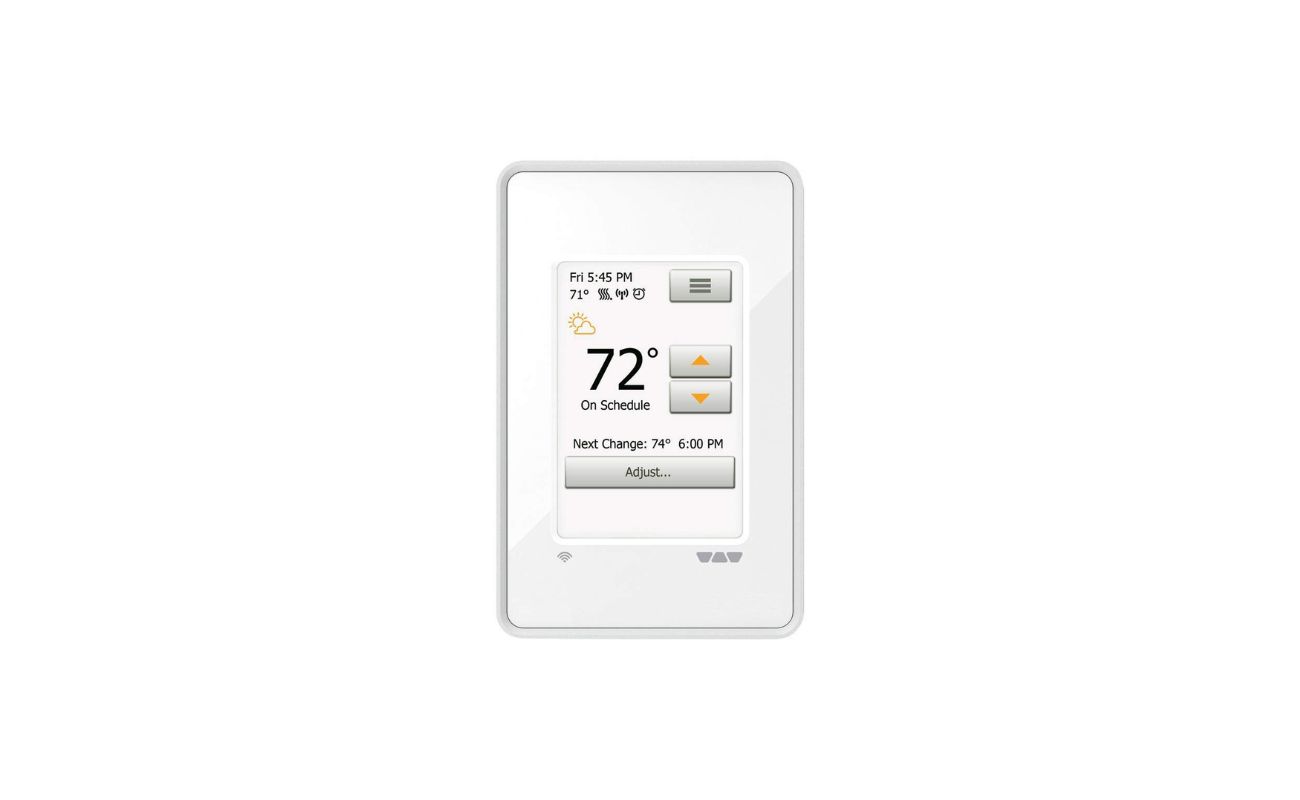
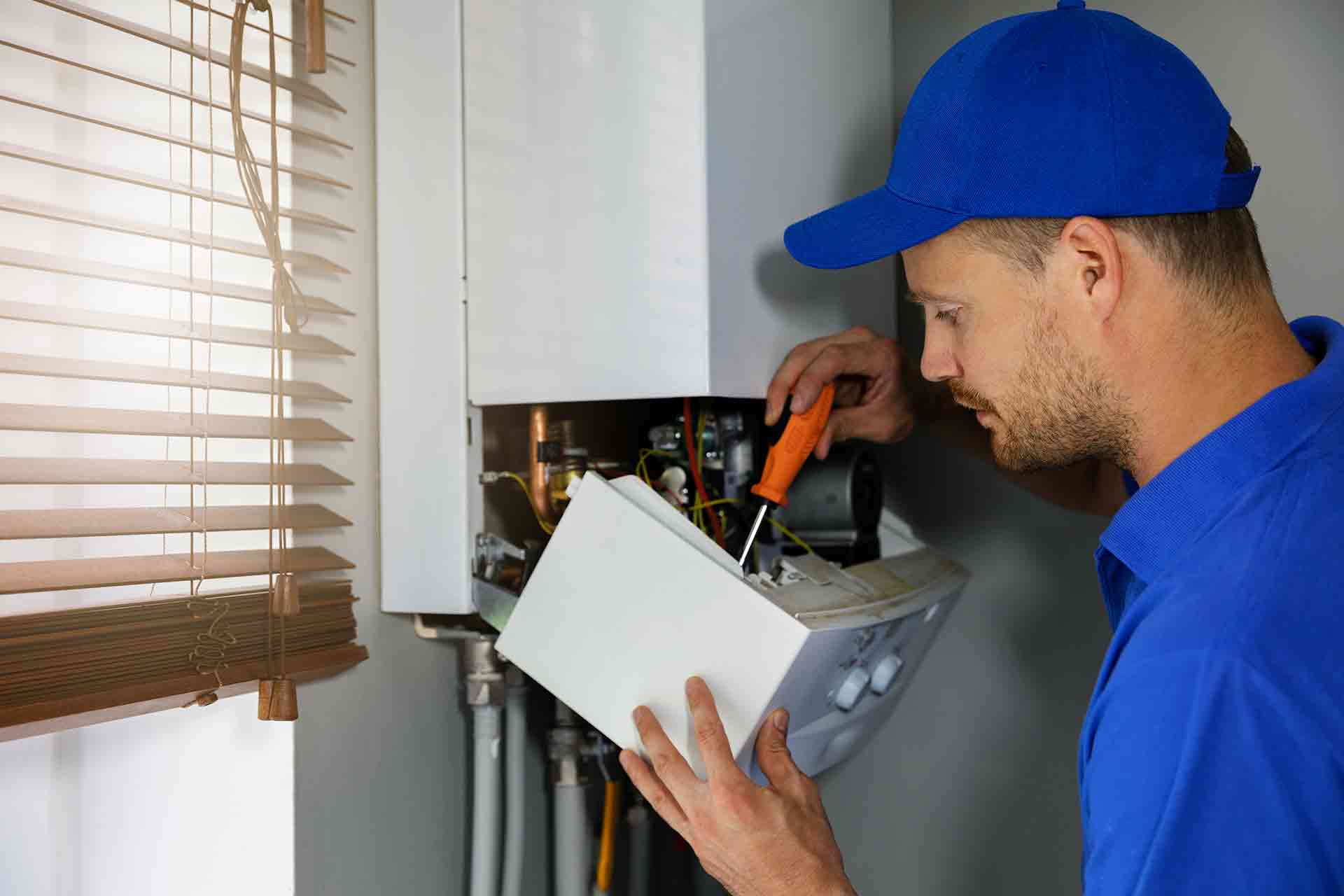
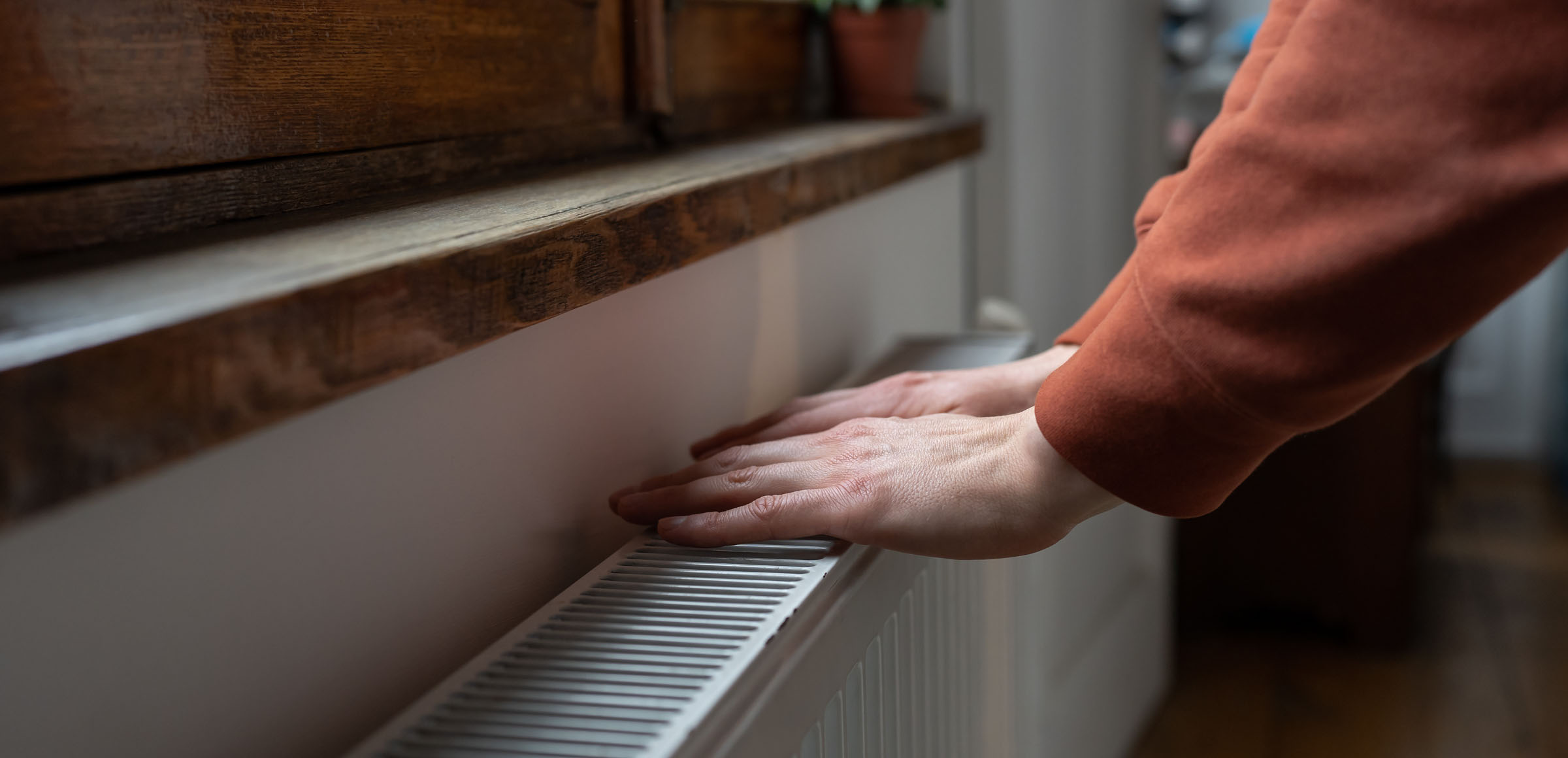
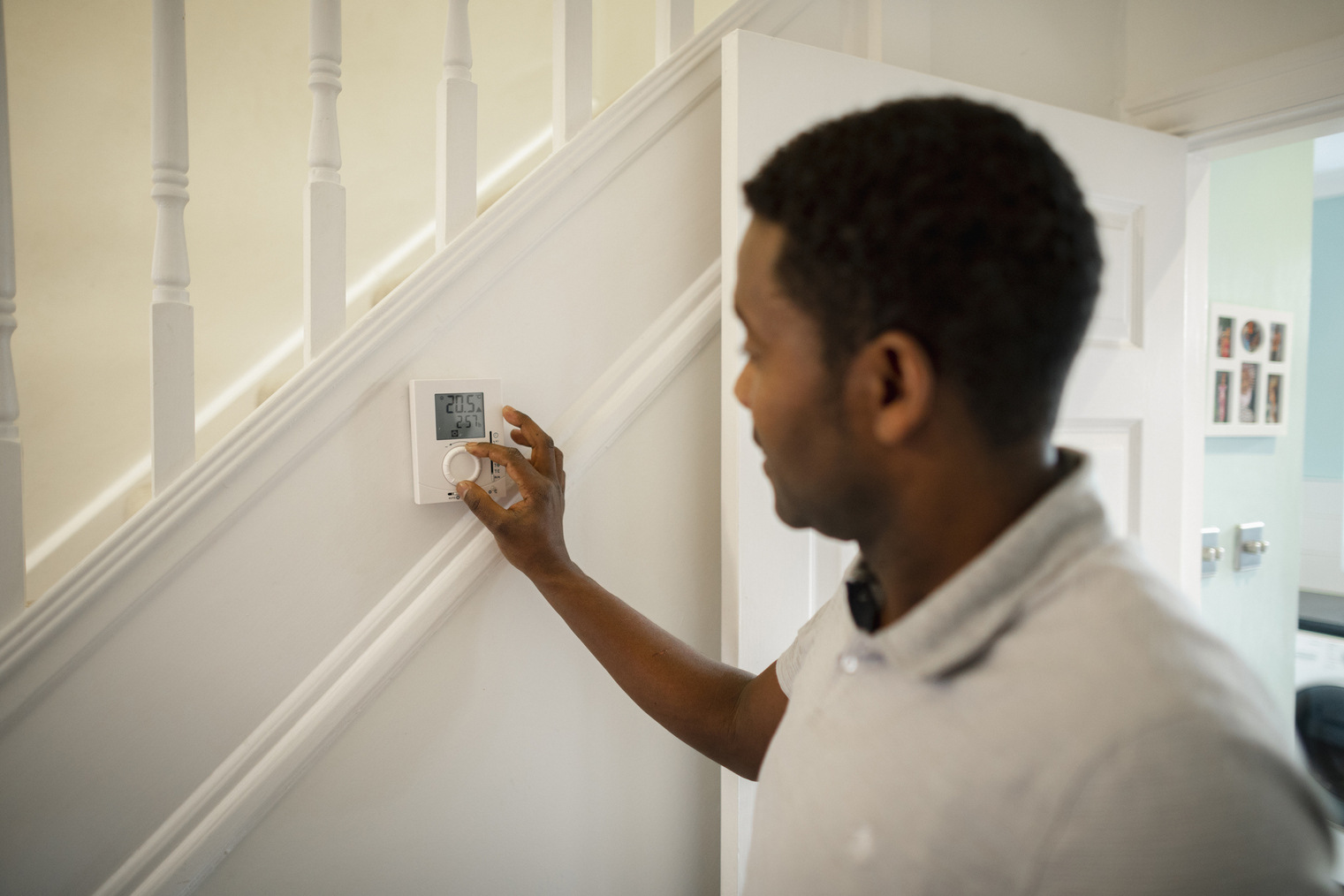
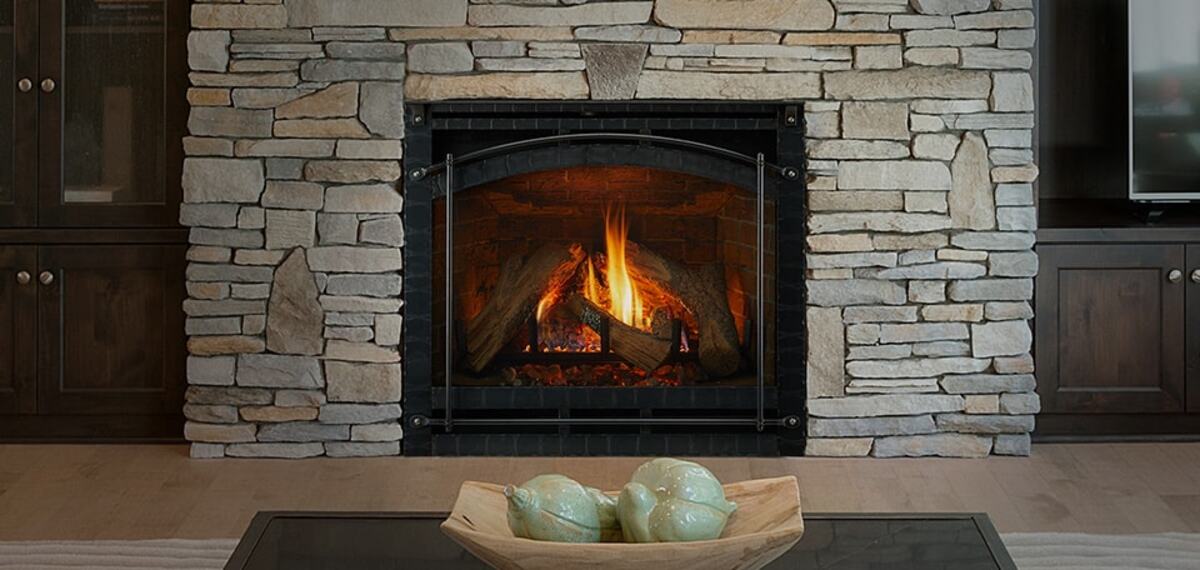
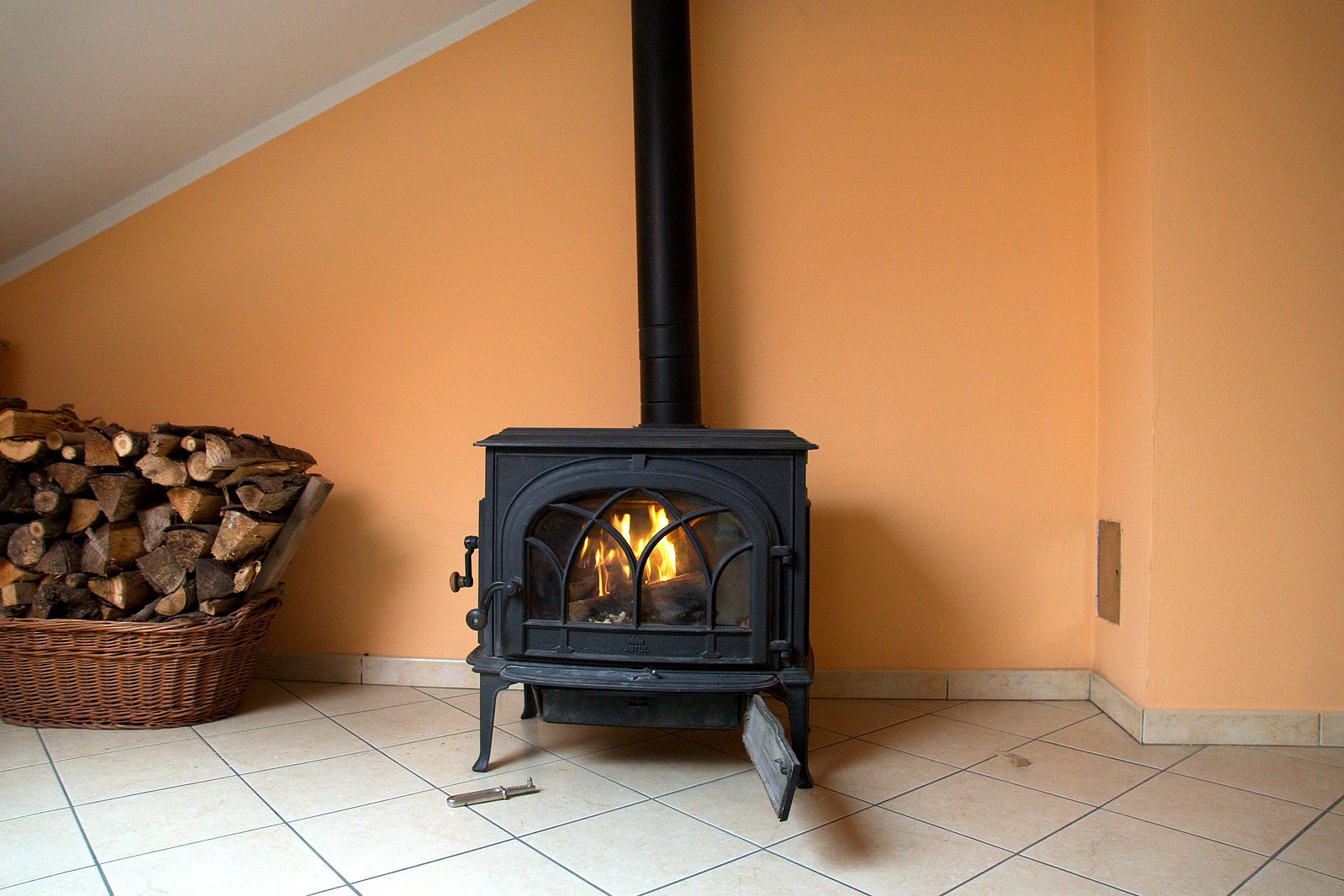
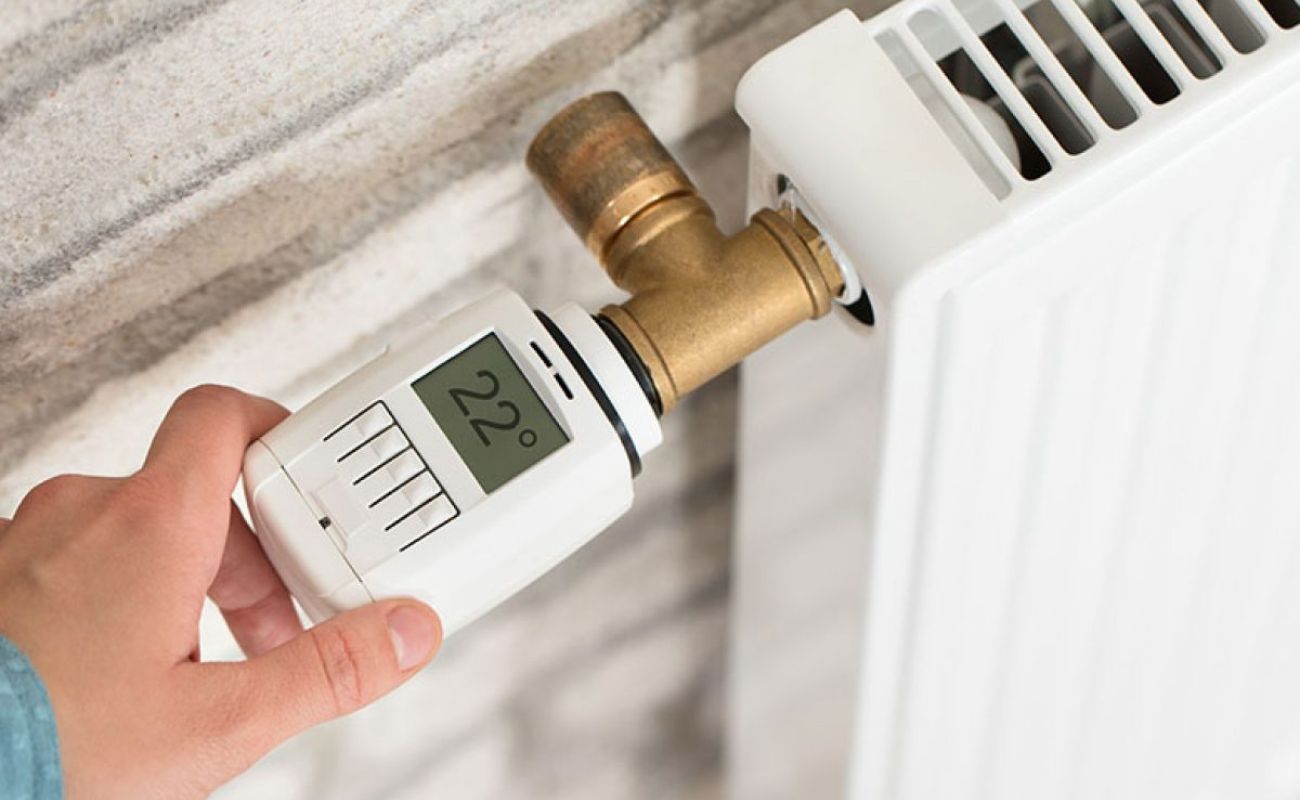
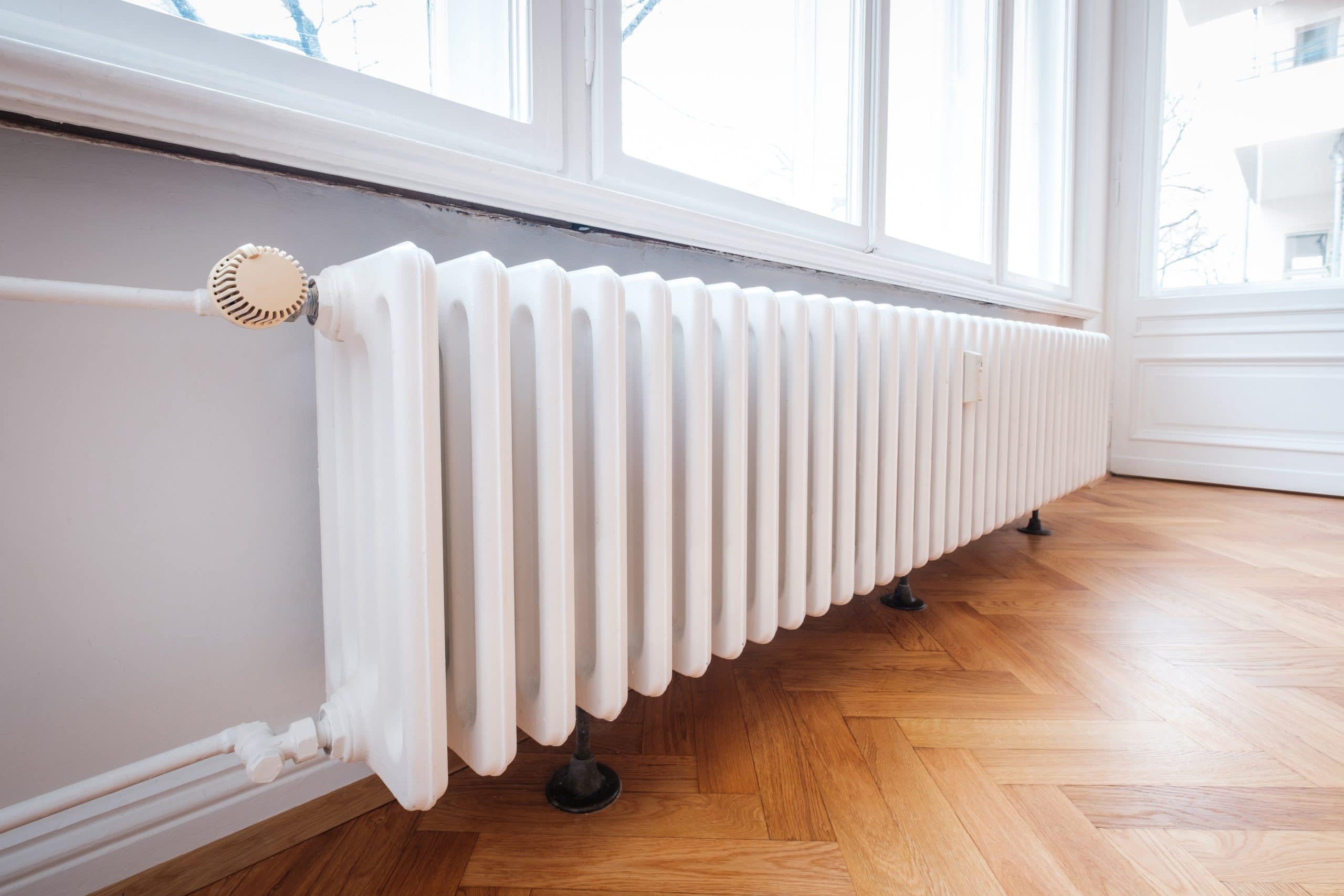
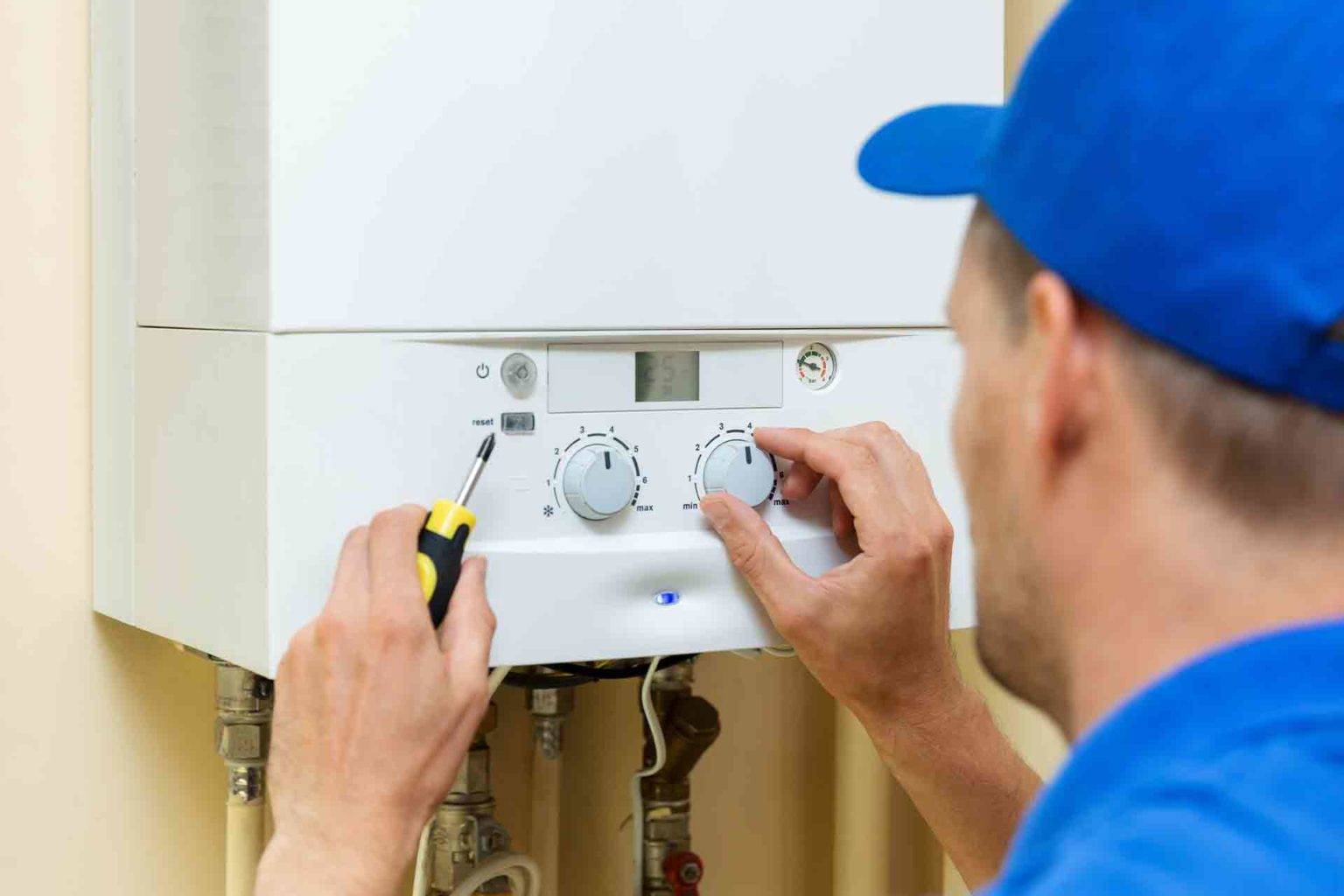
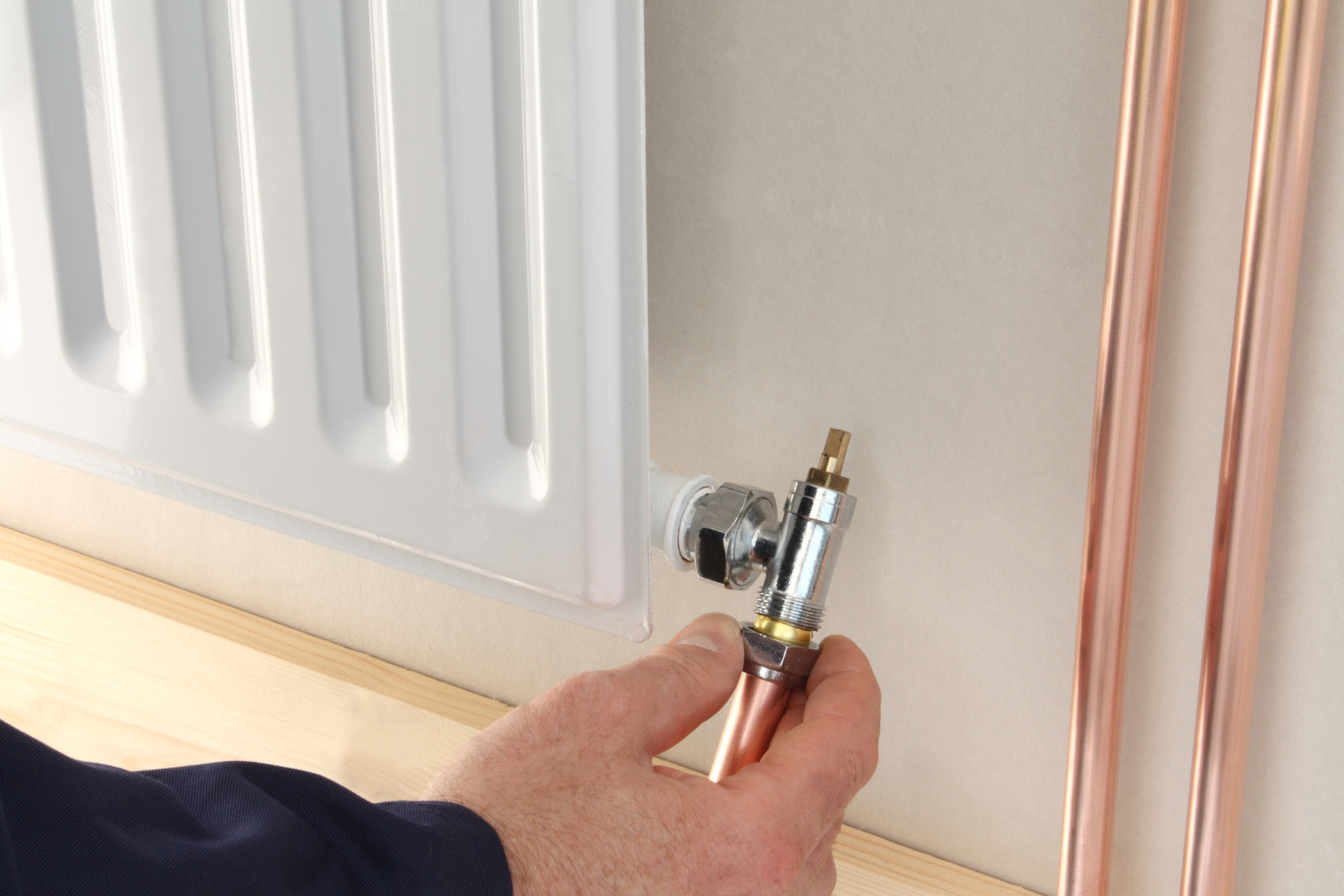
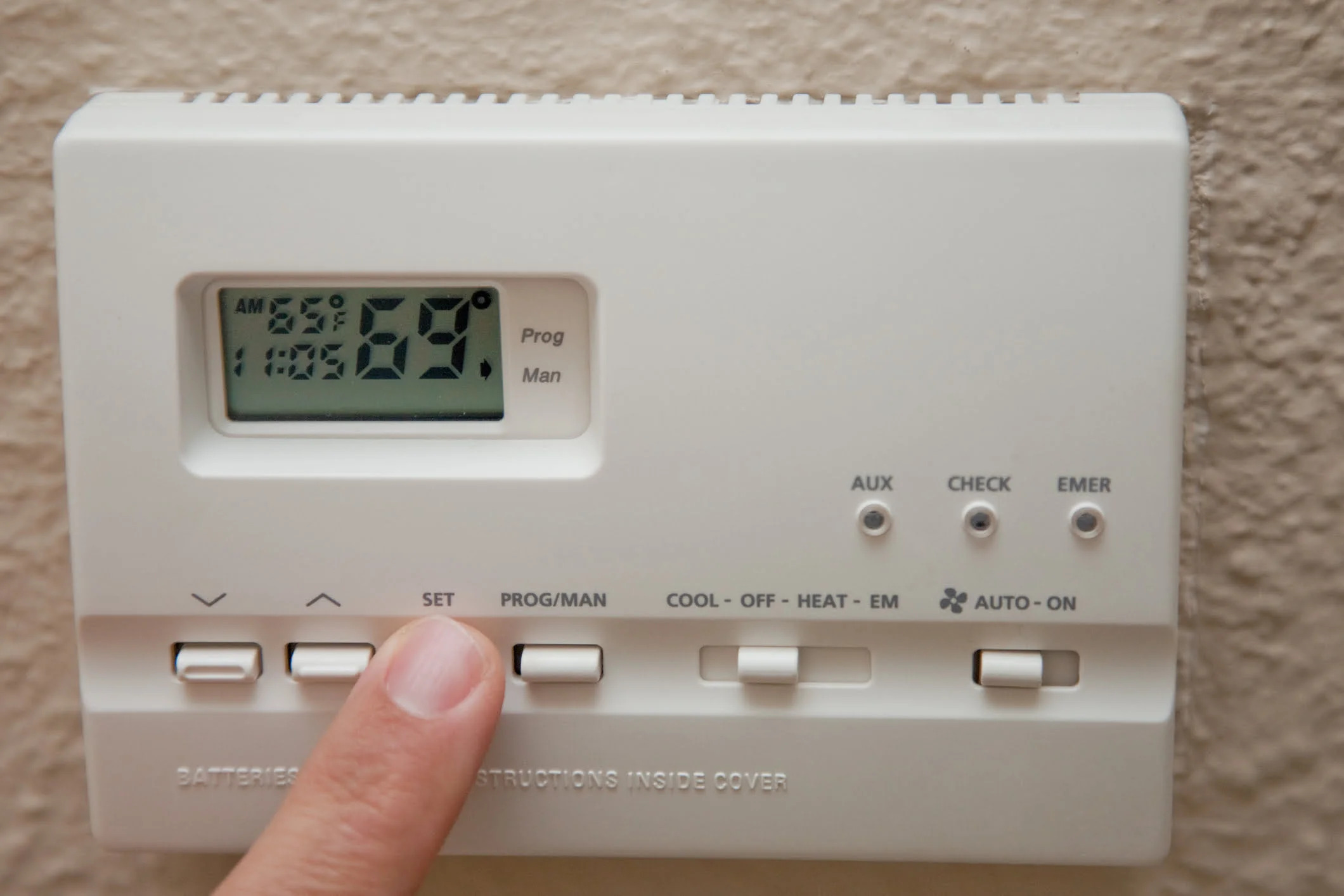
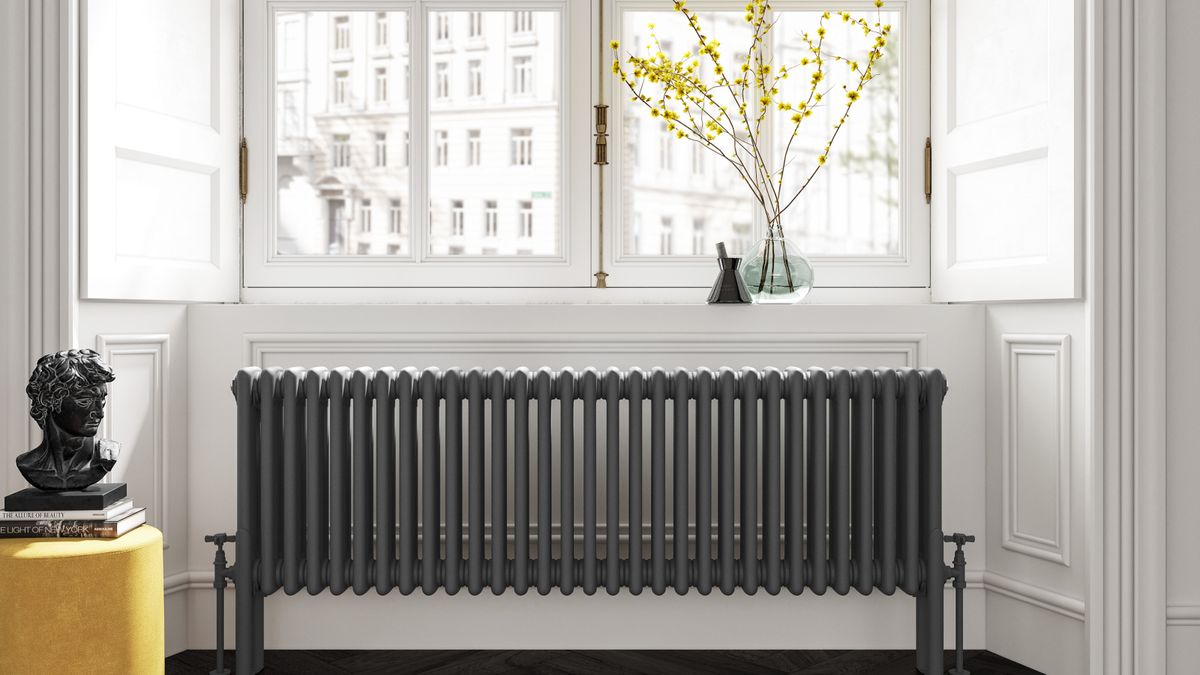

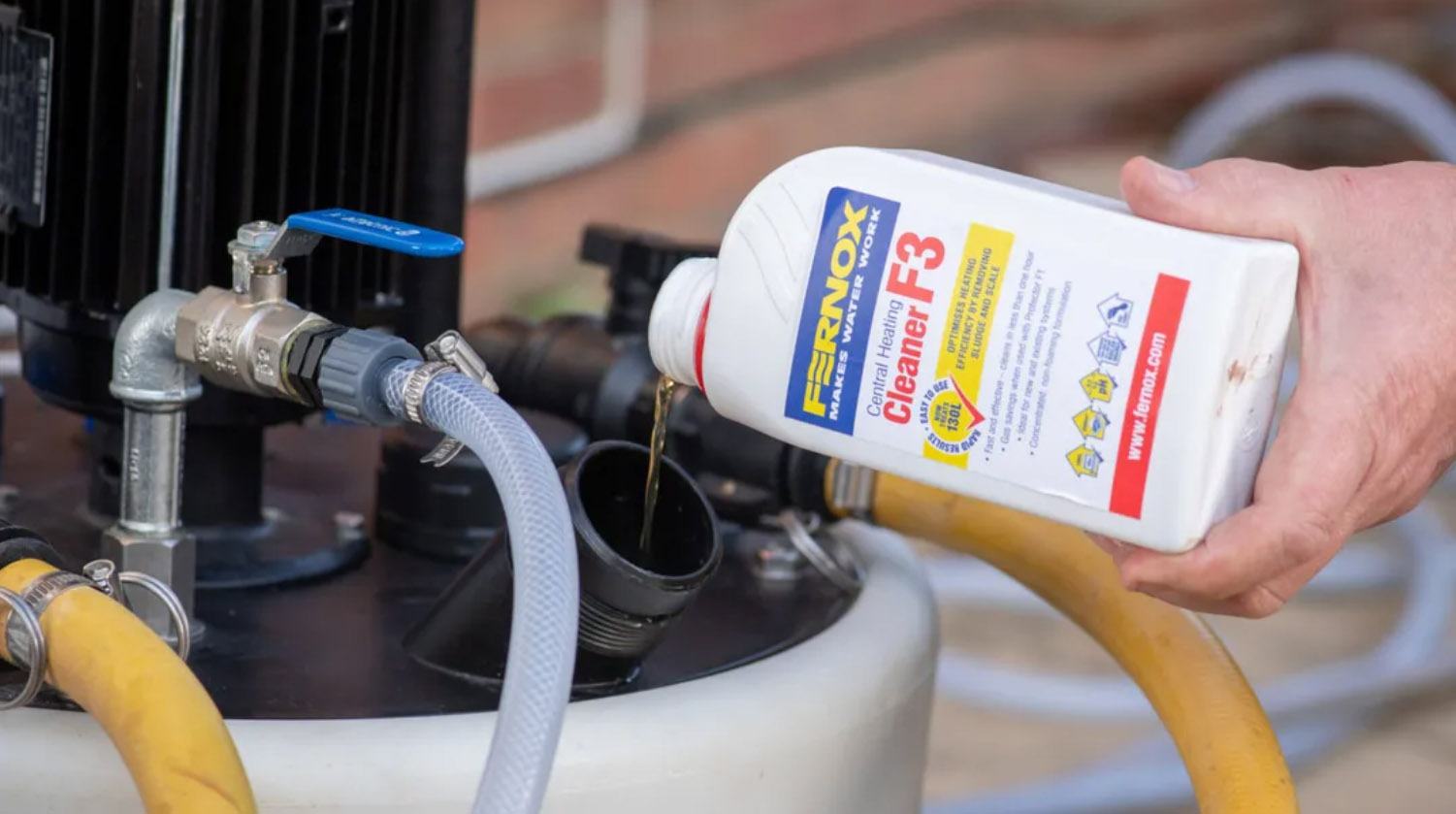

0 thoughts on “How To Turn Off Central Heating”